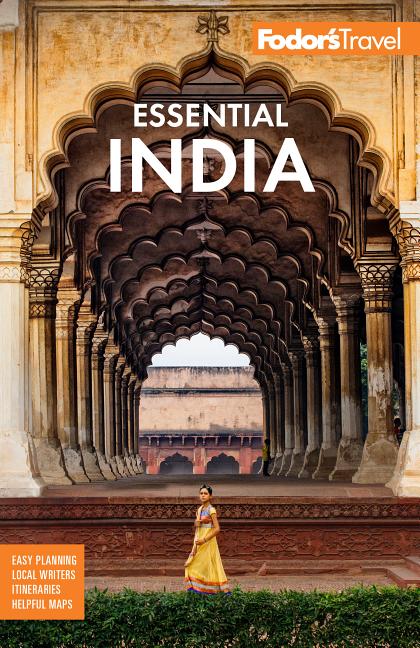A visit to Varanasi, also known as Benaras or Benares, or as Kashi (meaning "resplendent with light"), is an experience unlike any other. This is the epitome of a holy city, inundated with religious pilgrims and sacred cows, yet it is also a city firmly grounded in the commerce and reality of day-to-day existence. A visit here is thrilling but exhausting, and never boring.
Along the left bank of the Ganges, a river believed by Hindus to hold the power of salvation in every drop, Varanasi is one of the most sacred places in the world, considered by many to be the spiritual heart of India. Every year the city welcomes millions of pilgrims for whom the water—physically fouled by the pollution of humans both living and dead—remains spiritually pristine enough to cleanse the soul.
About 90 ghats, or steps, line this 6-km (4-mile) stretch of the Ganges, wedding the holy river to the chaotic city above it—a maze of streets and alleys crammed with derelict palaces, homes, and about 2,000 temples and shrines (most of these holy sites are open only to those of their respective religion, however). Here you'll see funeral processions, cows and goats munching on whatever they can find, and, especially near the Golden Temple (Kashi Vishvanath) and centrally located Dashashvamedh Ghat, assertive hawkers and phony guides.
The most essential thing to do in Varanasi is to take a boat ride along the Ganges, preferably at dawn or sunset, to see the ghats and the rituals being performed—it's also a peaceful respite from the chaos of the city.
Sarnath, just a few kilometers north of Varanasi, is a peaceful park and the historic center of the Buddhist world, where the Buddha preached his first sermon, revealing the Eightfold Path that became the central tenets of Buddhism. It is an easy, and fairly peaceful, place to visit.




